Latest Posts
SanDisk Extreme vs Extreme Pro: Which Memory Card is Right for You in 2024?
The choice between SanDisk Extreme and Extreme Pro can significantly affect your work.
While the Extreme is ideal for standard use, the Extreme Pro offers speed and resilience for more intense demands. Read on to decide what suits you better.
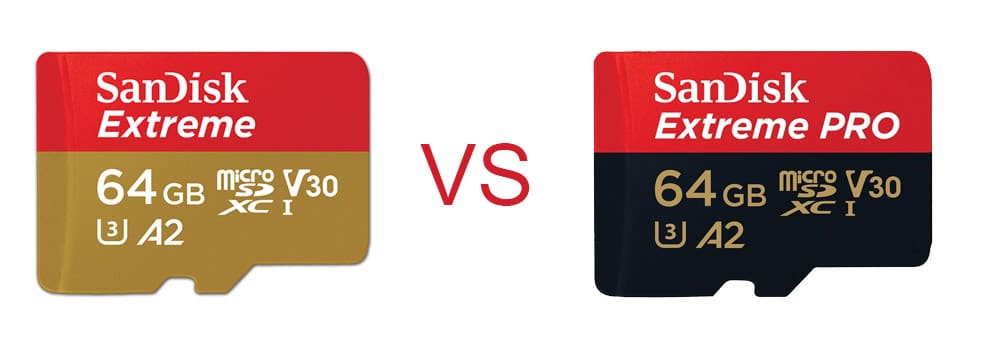
Sandisk Extreme Pro vs Extreme: A Performance Breakdown
Specs often look promising but don’t always reflect actual usage. The Pro version wins with its 190MB/s read and 130MB/s write speeds, while the Extreme version offers 160MB/s read and 60MB/s write.For tasks involving small files, the Extreme Pro stands out. Benchmarks show steady performance, even during heavy, prolonged use.
|
Model |
Claimed Speed |
Sustained Write Speed |
| Extreme Pro | 280MB/s | ~110MB/s |
| Extreme | 150MB/s | ~60MB/s |
Both cards support UHS U3 and V30 certifications, making them capable of handling 4K recording. The Extreme Pro is better suited for demanding tasks like professional video editing and rapid-fire photography.
Quality and Durability
Both SanDisk Extreme and Extreme Pro cards offer top-tier durability.
Weather Resistance Features
These cards can survive in wet conditions, being waterproof up to 1 meter for 72 hours in salt or fresh water. They also resist humidity, performing at up to 95% moisture.
Temperature Tolerance
For temperature extremes, both cards operate from -13°F to 185°F, and they can be stored between -40°F and 185°F. No matter where you take them, these cards are ready for anything.
Physical Protection Measures
The physical protection features of both cards are impressive:
| Protection Type | Rating |
|
Shock Resistance |
Up to 500G |
|
Drop Protection |
Up to 5 meters (16.4 feet) |
|
Magnetic Resistance |
Up to 5000 Gauss |
|
X-Ray Protection |
Airport security safe |
The physical protection features of both cards are impressive:The SanDisk Extreme Pro offers superior long-term performance and reliability, making it the better choice for professionals. Both cards are tested for up to 10,000 insertions, but the Pro model can maintain consistent performance in demanding environments.
Storage Solutions
Storage capacity and management capabilities play crucial roles in determining which memory card best suits your needs.
Available Capacity Options
The Extreme offers a variety of sizes, from 32GB to 1TB, and the Extreme Pro focuses on larger capacities, starting at 64GB and going up to 2TB.
Storage capacity comparison:
| Capacity | Extreme | Extreme Pro |
|
32GB |
✓ |
✓ |
|
64GB-256GB |
✓ |
✓ |
|
512GB |
✓ |
✓ |
|
1TB |
✓ |
✓ |
|
2TB |
– |
✓ |
File System Compatibility
Both cards use FAT32 for 32GB and smaller, while larger sizes use exFAT. This file system removes the 4GB limit, which helps handle large video files and photos.
Data Management Features
For those who need more advanced features, the Extreme Pro includes RescuePRO® Deluxe for file recovery and the Memory Zone™ app to help keep files organized. It also has advanced error correction that’s suitable for professionals working with critical data during photoshoots or video production.With 2TB of storage, it can hold about 47,368 RAW images or 47 hours of 4K video, offering ample space for demanding projects.
Price vs Value Analysis
The SanDisk Extreme vs Extreme Pro debate isn’t just about which card is budget-friendly.
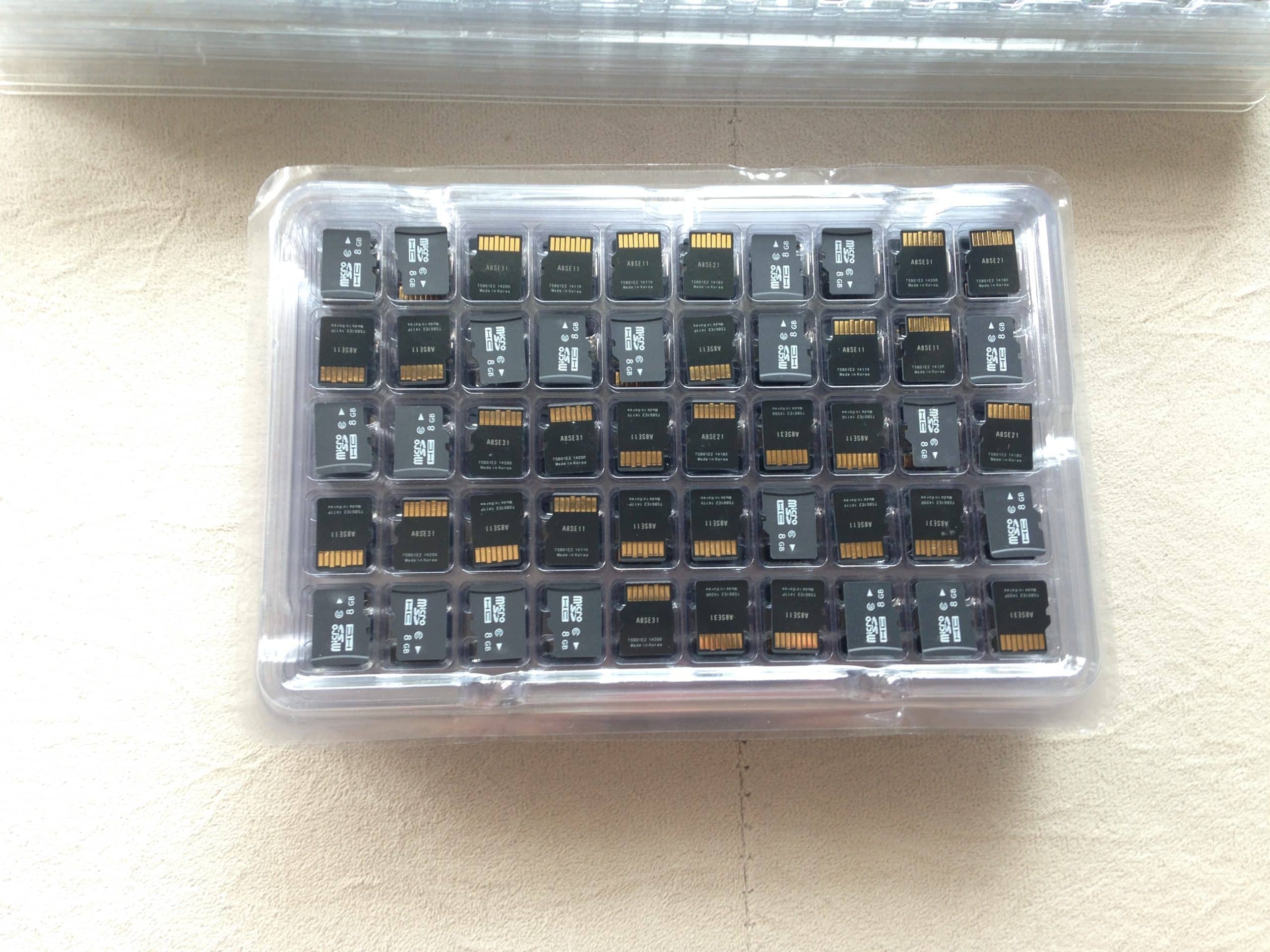
Initial Investment Comparison
The price gap between the SanDisk Extreme and Extreme Pro varies with capacity. A 64GB SanDisk Extreme may cost around $12.99, while its Extreme Pro version may cost about $60.25. At 256GB, the Extreme is almost 24% less expensive. Here’s how prices change by capacity:
- Smaller cards (32GB-64GB): Expect a clear price difference.
- Mid-range cards (128GB-256GB): The Extreme is roughly 25% cheaper.
- Larger capacities (512GB-1TB): The Extreme Pro becomes noticeably more expensive.
Long-Term Cost Benefits
Both cards offer solid warranties. The Extreme Pro comes with a 30-year warranty in selected regions, while the Extreme offers a lifetime warranty in most countries. Both models also provide two years of data recovery software, adding value.
ROI for Professional Users
For professionals who need extra performance, like for 4K video recording or intensive tasks, the Extreme Pro’s higher price is justified by its enhanced durability and consistent performance. On the other hand, the Extreme is perfect for general users who want great value for money.
Compatibility and Usage
The SanDisk Extreme Pro vs Extreme debate comes down to one factor: performance. The Extreme is ideal for casual use, while the Extreme Pro delivers more speed, perfect for intensive tasks.
Device Compatibility
Both cards support numerous devices, including cameras, drones, and mobile gadgets.
- The Extreme Pro stands out with its support for UHS-II devices, offering high speeds of up to 300MB/s.
- In contrast, the regular Extreme works with UHS-I devices, ideal for general consumer electronics.
Optimal Usage Scenarios
The SanDisk Extreme Pro shines in professional settings, especially for 4K video, burst photography, and tough drone work. It also holds up well with action cameras in extreme conditions. Meanwhile, the Extreme model is great for casual users needing HD video or photography, plus extra storage for their mobile devices.
Performance Limitations
Card performance can be affected by various elements. The device interface is important—UHS-II speeds work only with compatible devices. Environmental conditions won’t slow them down; both cards work between -13°F and 185°F. However, the FAT32 file system caps file sizes at 4GB.To ensure top performance, check that your device supports SDHC or SDXC formats and meets the necessary speed class and capacity limits. While the SanDisk Extreme Pro stands out for users needing high-speed consistency, the standard Extreme serves well for most applications and provides better value for regular users.
Final Words: How to Choose the Right Card?
Choosing between the SanDisk Extreme and Extreme Pro is simple once you know what you need. For under 64GB, the Extreme offers good value. If you need more storage, like 1TB, the Extreme Pro is the only option. The Extreme Pro is faster, making it ideal for 4K video. If you just need a card for everyday use, the Extreme is enough. For professionals, though, the Extreme Pro’s performance justifies the higher price. Both cards are built to withstand tough conditions, but the Extreme Pro offers more reliability for demanding tasks.

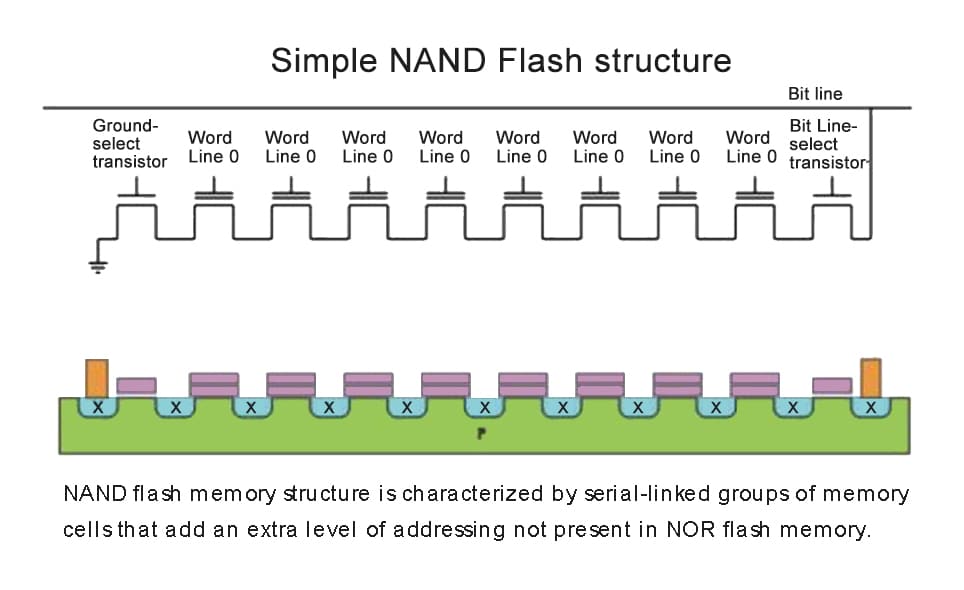
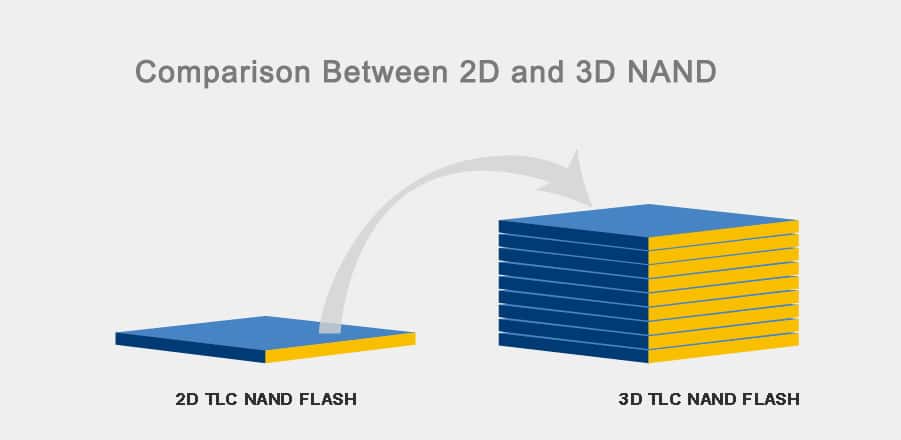
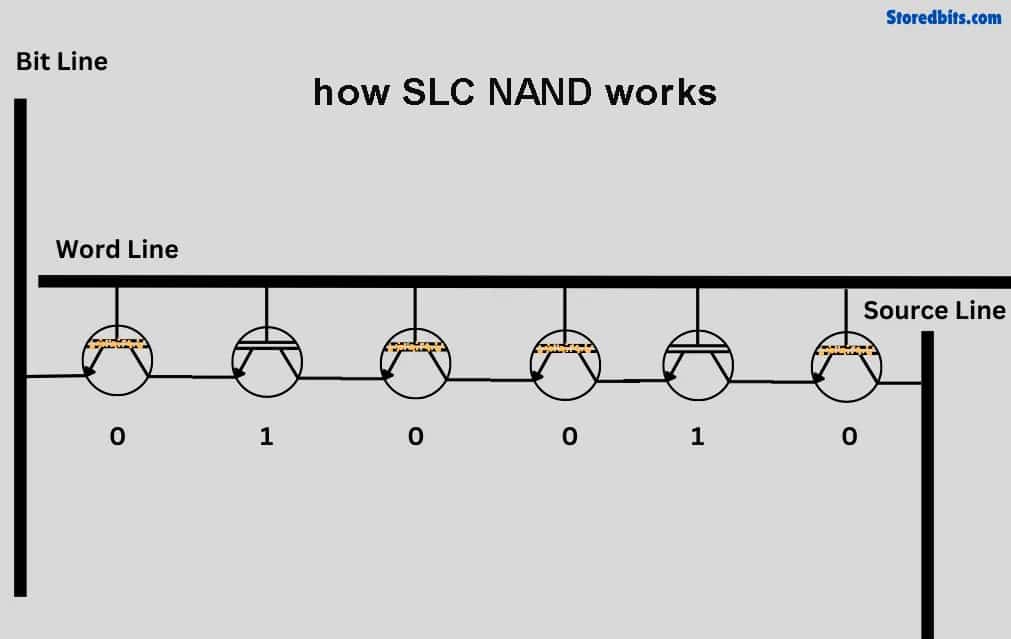
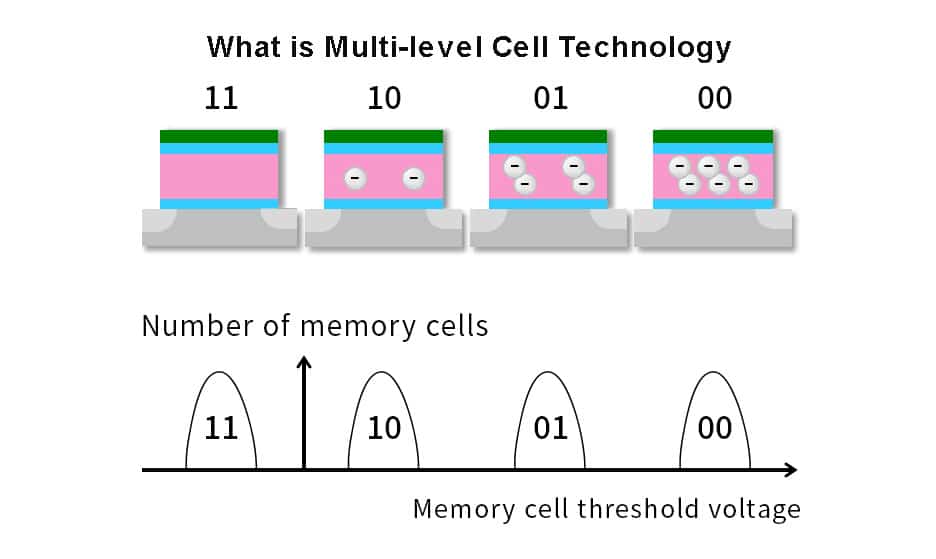
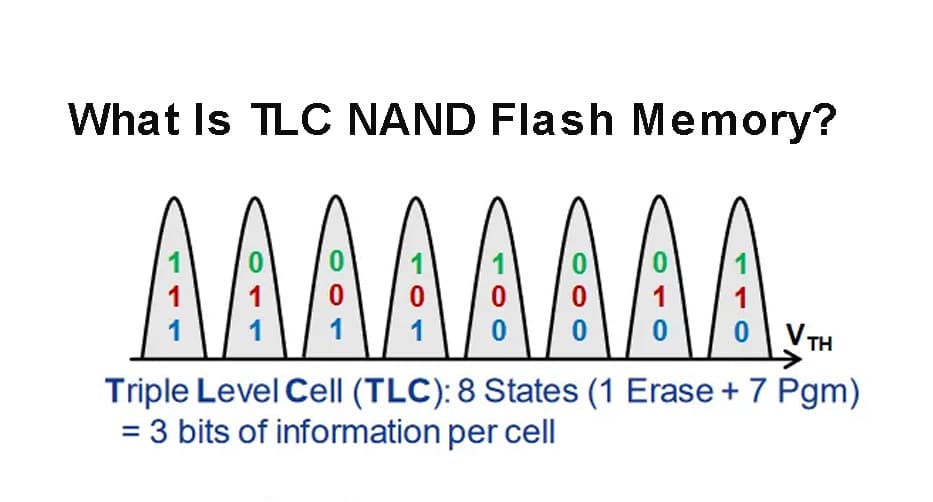
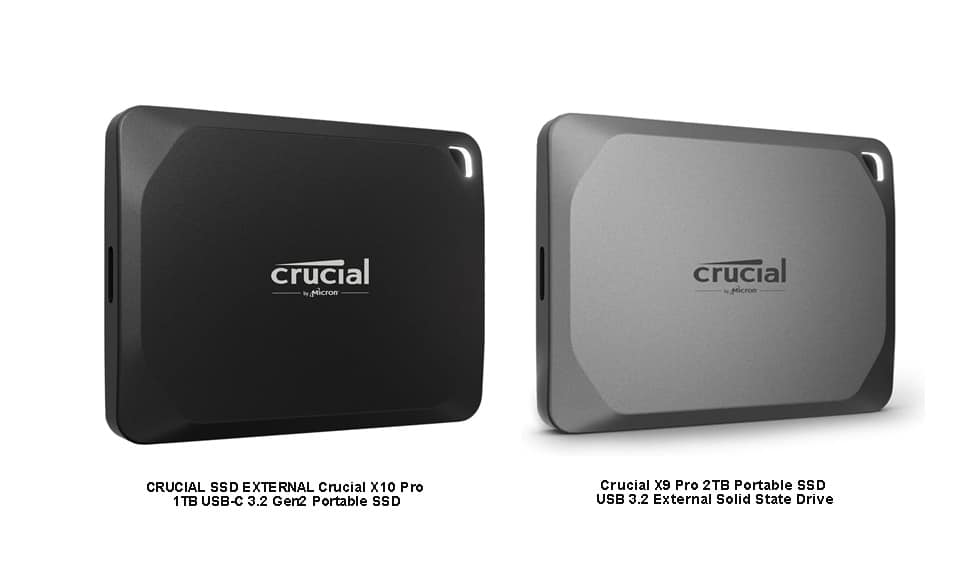
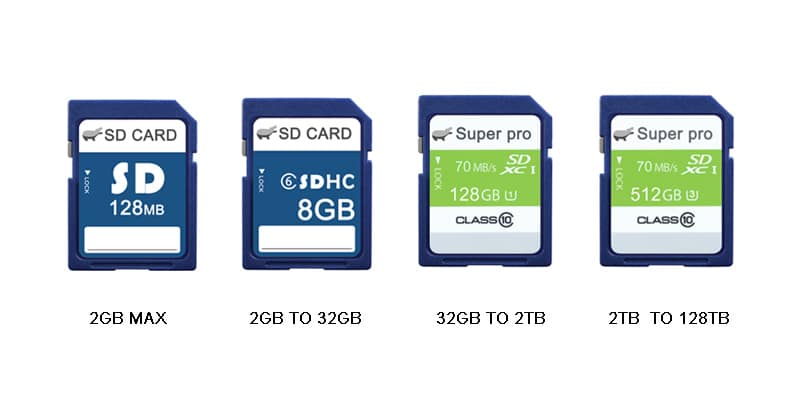
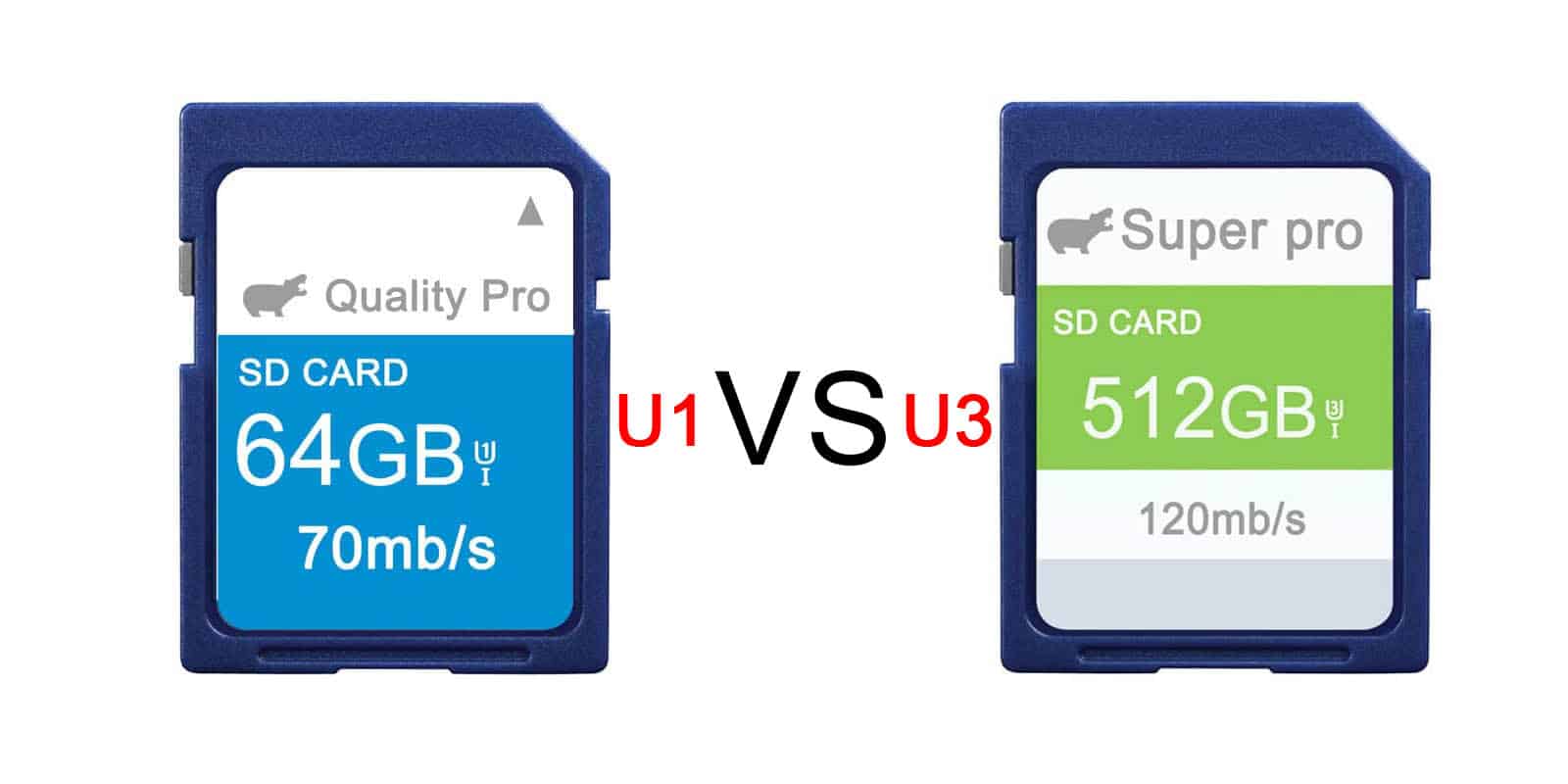
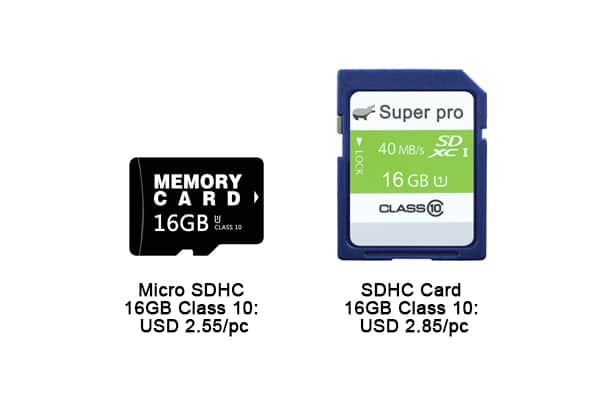
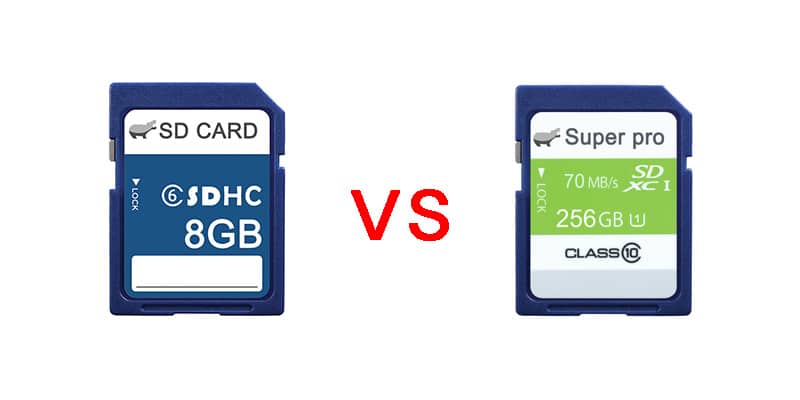
Leave a comment